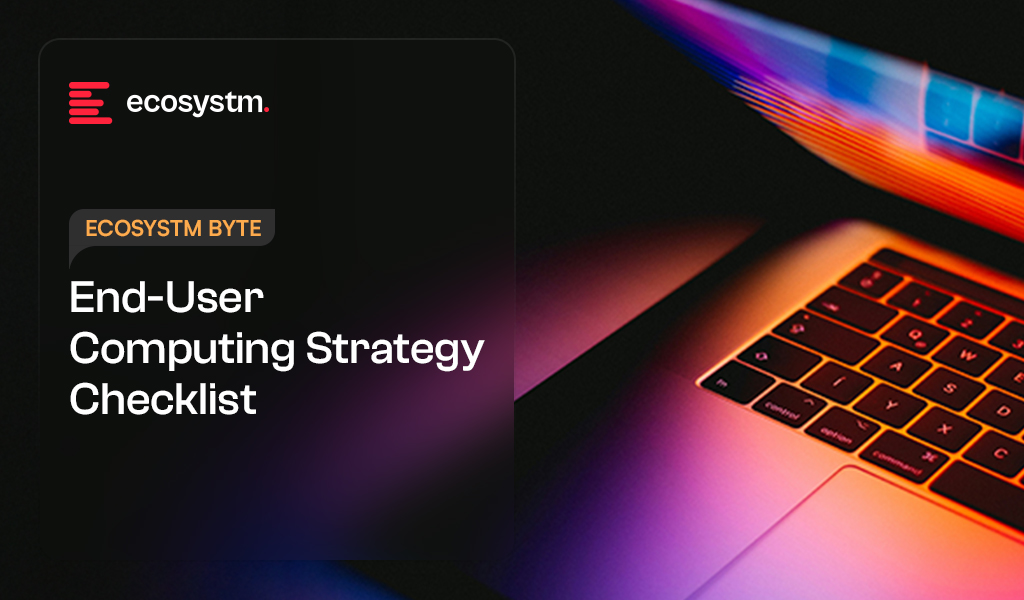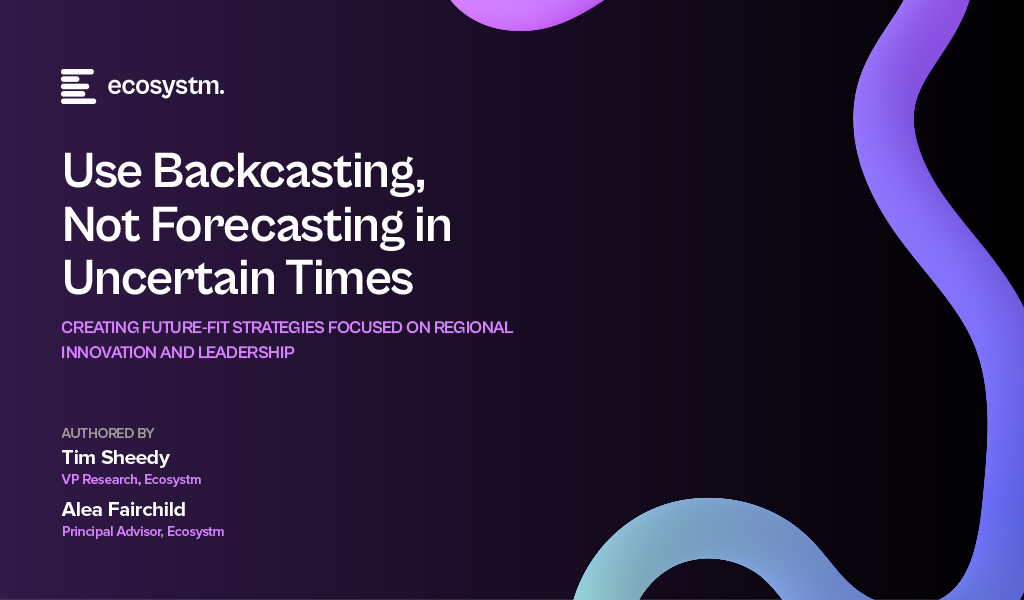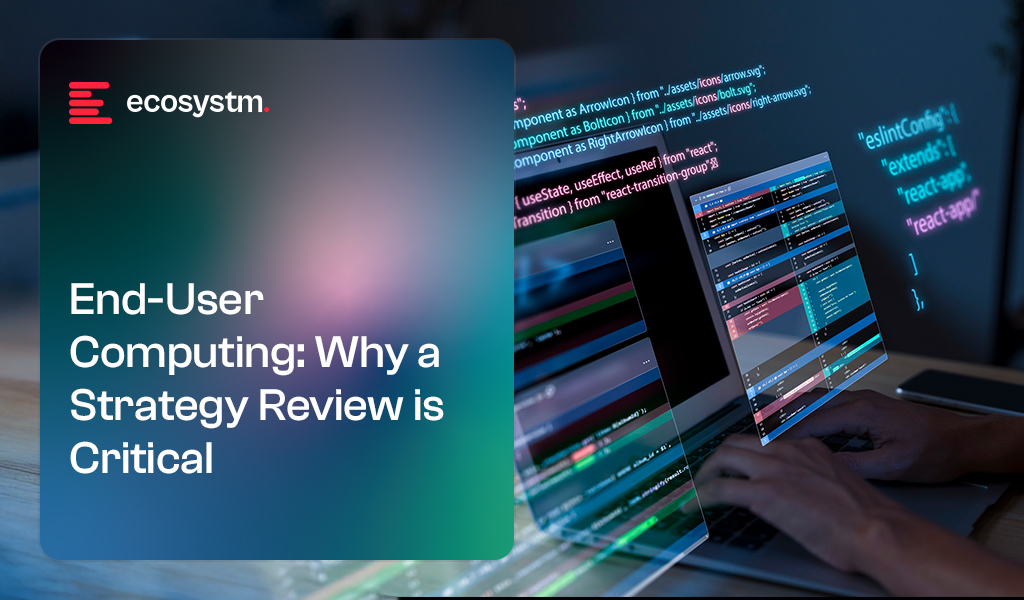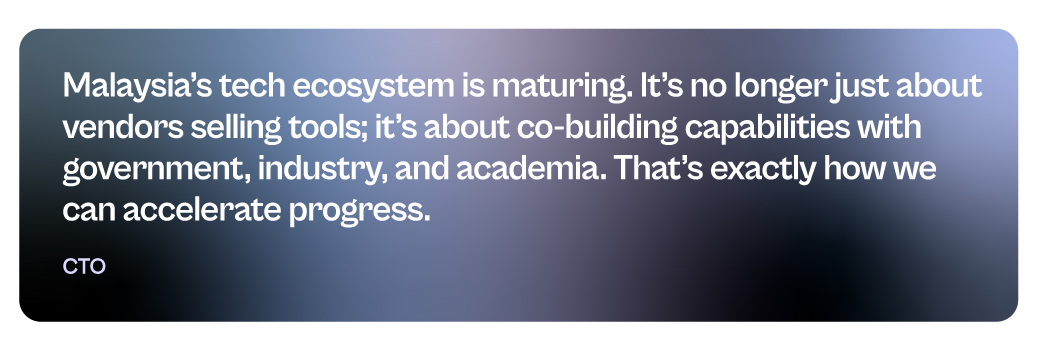Thailand’s digital transformation has shifted from an ambitious policy agenda to a national necessity. As the country accelerates its Thailand 4.0 strategy, digital platforms are becoming central to boosting competitiveness, enhancing public services, and building economic resilience. From logistics and healthcare to finance and manufacturing, digital tools now underpin how Thailand moves, heals, pays, and grows.
Recent reforms, including the National AI Strategy, Smart City Masterplan, and National Digital ID framework, have been paired with efforts to strengthen digital infrastructure nationwide. Yet challenges remain: integrating platforms across government, closing the generational digital divide, and safeguarding vulnerable users in a rapidly evolving fintech and gig economy.
Through multiple roundtables and stakeholder dialogues, Ecosystm has uncovered five core themes that highlight both the momentum and the friction points in Thailand’s digital journey.
Theme 1: Bridging the Regional Divide
Thailand’s digital transformation is accelerating in urban centres like Bangkok, Chonburi, and Rayong, but rural and low-income regions, especially in the North and Deep South, continue to lag. Gaps in connectivity, digital skills, and modern technical education are limiting access to online learning, mobile banking, and digital public services, while also holding back the growth of tech-driven industries.
Initiatives like Net Pracharat have brought broadband to over 75,000 villages, and new investments in regional data centres and telecom infrastructure show promise. Still, last-mile gaps and fragile networks persist, particularly in conflict-affected or underserved areas. Even where fibre is available, unstable connections often block meaningful digital adoption.
At the same time, Thailand’s push into future-focused industries such as EVs, semiconductors, AI, and smart logistics, is straining its talent pipeline. The Eastern Economic Corridor (EEC) is attracting major investment, but the demand for skilled workers in data science, cybersecurity, and industrial AI far exceeds supply. Many regional technical education systems have not kept pace, widening the skills gap.
To ensure inclusive growth, Thailand needs to pair infrastructure investment with targeted reskilling and education reform. Programs like the Digital Skill Development Academy and revamped TVET initiatives are important first steps; but broader progress will require stronger industry-academia partnerships, faster certification pathways, and universal access to digital learning.
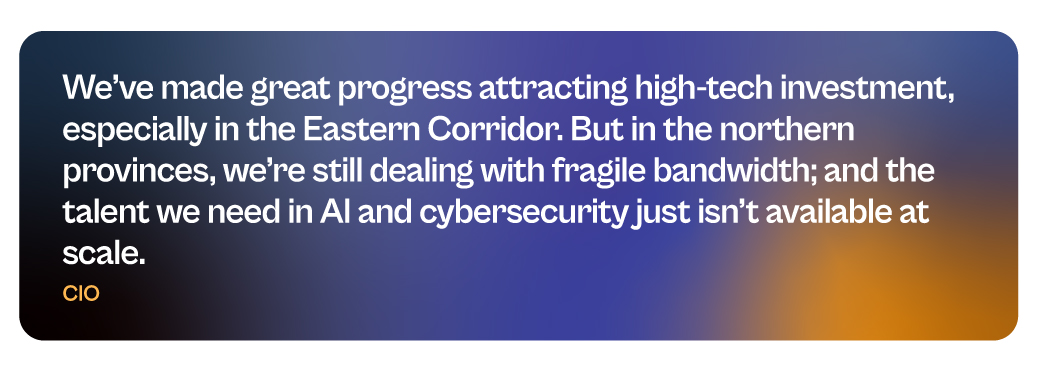
Theme 2: Unifying Government Services for a Seamless Citizen Journey
From PromptPay-linked welfare payments and Mor Prom for health services, to the rollout of the NDID (National Digital ID), Thailand has made considerable progress in digitalising public services. Citizens can now access more services online than ever before.
However, many of these systems still operate in silos, with duplicated citizen data, separate logins, and limited backend integration between agencies. Ministries and local governments often lack the interoperability standards and cloud infrastructure needed to provide seamless, real-time services.
The next phase of government digitalisation must focus on platform-level integration, supported by secure data sharing frameworks, API-first design, and privacy-by-default policies. The goal is to move from digitising transactions to building a citizen-centric, connected state, where services are proactive, mobile-friendly, and unified across domains.

Theme 3: Strengthening Public Trust Through Proactive Cybersecurity
With the rise of digital government, cloud adoption, and cashless ecosystems, Thailand’s attack surface is rapidly expanding. High-profile breaches in healthcare, telecom, and finance have triggered growing public concern around data misuse, fraud, and infrastructure vulnerabilities.
The government has enacted the Cybersecurity Act (2019) and PDPA (2022), and agencies like the National Cybersecurity Agency (NCSA) are stepping up threat monitoring. But cybersecurity maturity across sectors remains uneven. Many SMEs, regional hospitals, and even provincial government systems operate with limited threat intelligence and minimal incident response protocols.
Cybersecurity must now move from compliance to strategic resilience. This includes building sector-specific response plans, launching cyber drills in critical infrastructure, and scaling cyber talent development across the country. Trust in digital services will depend not just on what’s offered, but on how securely it’s delivered.

Theme 4: Scaling Trust Through Local Language, Visibility, and Human Oversight
AI systems in Thailand are increasingly interfacing with the public, from chatbots and digital assistants to automated approvals and diagnostics. However, public trust in these systems remains fragile, particularly when users cannot understand how decisions are made or get help when things go wrong.. Language barriers and unclear design only add to the uncertainty.
Many AI tools are built in English-first environments, with limited Thai-language optimisation or cultural context. In rural areas or among older populations, this can create friction and resistance, even when the underlying system works well. Without transparency, user control, or recourse, AI tools risk being seen as alienating rather than empowering.
To build public confidence, AI deployments must prioritise explainability, Thai-language usability, and built-in pathways for human support. This includes interface localisation, clear model intent statements, and fallback mechanisms. Trust will not be built through performance alone, it must be earned through transparency, accessibility, and responsiveness.

Theme 5: Embedding Governance to Sustain Smart Urban Growth
Thailand has made significant headway in its smart city development agenda, with over 30 provinces participating in the national Smart City program. Flagship initiatives in Phuket, Chiang Mai, Khon Kaen, and parts of the EEC have introduced smart traffic systems, e-governance tools, environmental monitoring, and digital tourism platforms.
However, many smart city projects are still pilots, driven by local champions, reliant on short-term grants, and lacking long-term governance structures. Fragmented data, unclear stakeholder roles, and limited collaboration between cities continue to slow scale and national replication.
The Smart City Office under DEPA is working to address these challenges by developing standard frameworks, urban data platforms, and public-private investment models. To maintain momentum, Thailand will need to embed smart city governance in multi-year digital urban strategies, establish shared infrastructure foundations, and invest in capacity-building for local leaders.
For smart cities to succeed, they must move beyond tech demonstrations and deliver real, lasting improvements in liveability, safety, and economic opportunity.

Sustaining Momentum in a Connected Nation
Thailand’s digital future won’t be defined by policy or technology alone; but by how effectively the country aligns infrastructure, skills, services, and trust at scale. The foundations are already being built in classrooms, city halls, data centres, and boardrooms. The real opportunity lies in weaving these efforts into a cohesive, resilient digital fabric. Lasting impact will come not just from momentum, but from turning vision into everyday value for people, communities, and businesses alike.




